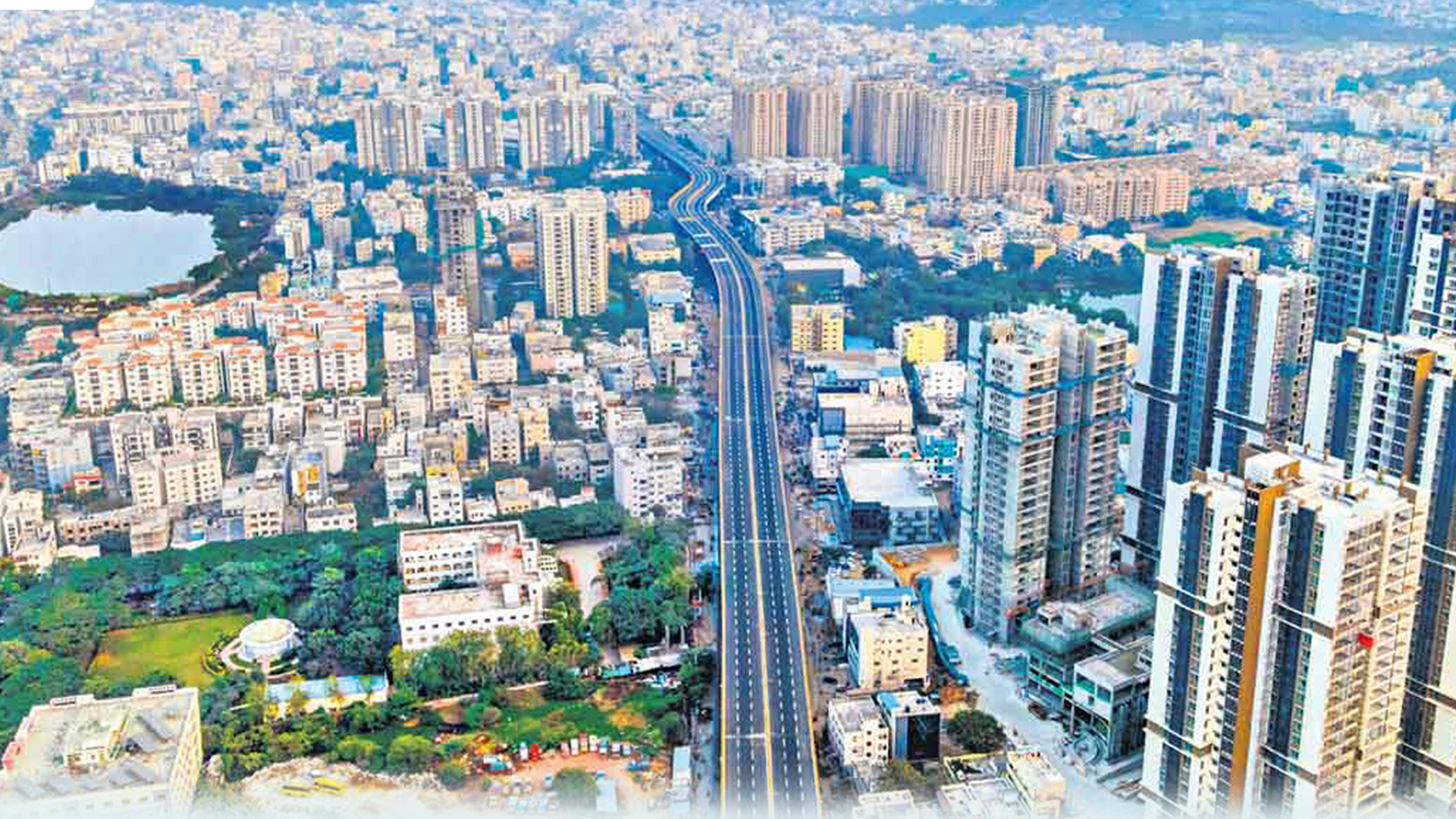Hyderabad Real Estate: “Can’t Afford These Rents Anymore!” – Latest Report


Hyderabad was once renowned for its affordable cost of living. The city had a reputation where even with a modest salary, one could lead a comfortable and stress-free life. However, that identity is gradually fading. Over the past three years, residential property prices and rental rates in Hyderabad have surged like never before.
Reasons Behind the Surge
There are clear reasons for this trend. Compared to other southern cities like Chennai and Bengaluru, multinational companies are showing a strong preference for establishing their offices in Hyderabad. This has significantly impacted not only plug-and-play office spaces but also the residential segment, driving up demand and costs.
Hyderabad Tops in Real Estate Growth
A recent survey conducted by Anarock examined the progress of real estate across major cities, including Hyderabad, Delhi-NCR, Mumbai Metropolitan Region, Bengaluru, Chennai, Pune, and Kolkata. The report analyzed changes in office and residential demand as well as real estate market dynamics. Hyderabad emerged as the leader, with rental rates witnessing a staggering 33% increase—higher than any other city.
Gachibowli saw the highest rise in rental rates, with a 33% hike, followed by Kondapur in second place. In October 2020, the rental rate in Gachibowli was ₹4,790 per square foot, which skyrocketed to ₹6,355 per square foot by October this year.
In Kondapur, rental rates also saw a significant increase. In October 2020, the rent per square foot was ₹4,650, which rose to ₹6,090 by October this year, marking a 31% growth.
Rental rates have increased significantly across major cities in India:
Bengaluru:
Whitefield: 29%
Thanisandra Main Road: 27%
Sarjapur Road: 26%
Pune:
Wagholi: 25%
Hinjewadi: 22%
Wakad: 19%
Mumbai:
Lower Parel: 21%
Andheri: 19%
Worli: 13%
Delhi-NCR:
Greater Noida West: 27%
Sector 150: 25%
Raj Nagar Extension: 21%
Chennai:
Perumbakkam: 19%
Guduvanchery: 17%
Perambur: 15%
Kolkata: Rental rates rose between 13% and 29% across various localities.
This nationwide trend indicates a sharp rise in rental demand across urban hubs.